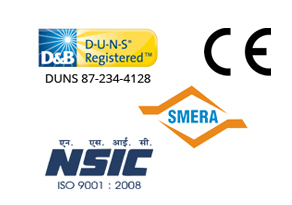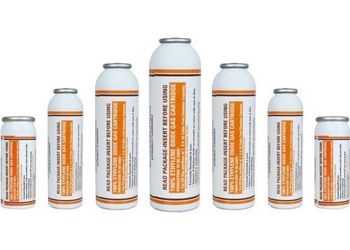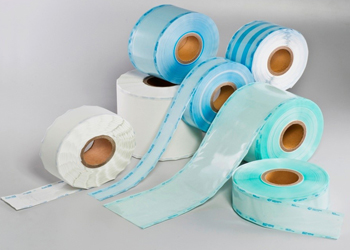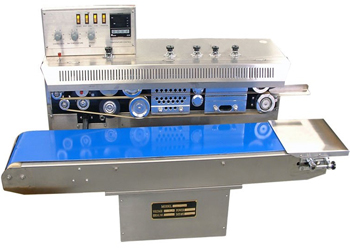Sterilization rolls play a critical role in ensuring that medical instruments, surgical tools and other healthcare equipment are free of contaminants. Proper handling and storage of these sterilization rolls are essential to maintain their integrity and maximize the efficiency of sterilization procedures. Whether you are using an ethylene oxide sterilizer, an autoclave or other sterilization equipment, the effectiveness of the sterilization process can be compromised if the sterilization rolls are not stored and handled correctly.
In this guide, we will explore through the best practices for storing and handling sterilization rolls to ensure they remain effective and contribute to the success of your sterilization process. By following these practices, you can ensure the maximum efficiency of your sterilization efforts while protecting the quality of your materials.
Before diving into storage and handling practices, it is essential to understand what sterilization rolls are and how they contribute to the sterilization process.
What is a Sterilization Roll?
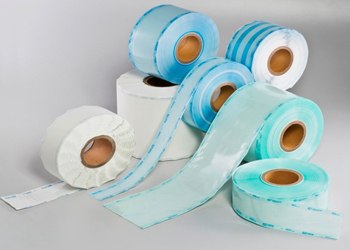
A sterilization roll is a length of sterilization paper or film that is used to wrap medical instruments, equipment and tools to protect them during the sterilization process. These rolls are typically made from materials that allow steam, ethylene oxide gas or other sterilizing agents to penetrate effectively while maintaining a sterile barrier. Sterilization rolls come in various sizes and types, depending on the needs of the sterilization process and the items being sterilized.
Step 1: Store Sterilization Rolls in a Controlled Environment
The first step to ensuring the maximum efficiency of sterilization rolls is storing them in an environment that preserves their integrity.
Ideal Temperature and Humidity Levels
Sterilization rolls should be stored in a cool, dry environment. High temperatures or excessive moisture can affect the performance of the rolls. Ideally, the storage area should have the following conditions:
Protection from Contaminants
The storage area should be free from dust, dirt and any chemical contaminants that could affect the integrity of the sterilization rolls. Additionally, exposure to direct sunlight can degrade the rolls and cause them to lose their effectiveness. Store the rolls in a clean, dry area away from any sources of contamination.
Use of Proper Shelving and Containers
Sterilization rolls should be stored on clean shelves or in storage containers that are easy to access. Shelving units should be made of non-porous materials like metal or plastic to prevent contamination. It is advisable to store the rolls vertically to prevent unnecessary pressure on the packaging, which can damage the rolls and affect their ability to protect instruments during sterilization.
Testimonial
“Good machine and service.”
Step 2: Handle Sterilization Rolls with Care
Handling sterilization rolls properly ensures they remain intact and maintain their function.
Minimize Exposure to External Contaminants
When handling sterilization rolls, it is important to minimize their exposure to dirt, dust and contaminants. Always handle rolls with clean, dry hands or use gloves to prevent contamination. For added protection, consider using clean tongs or other instruments when handling rolls that have not yet been sealed.
Avoid Excessive Force or Pressure
Sterilizer rolls are designed to be flexible and lightweight but can become compromised if they are bent, twisted or exposed to excess pressure. Always handle the rolls gently to avoid damaging the material. Excessive force could lead to tears or holes, which would make the rolls ineffective in keeping instruments sterile during the sterilization process.
Check for Damage
Before using a sterilization roll, always check for any visible damage, such as tears, punctures or signs of deterioration. Any compromised rolls should be discarded to prevent ineffective sterilization. Using damaged rolls can result in compromised sterility, which can put patients and healthcare providers at risk.
Step 3: Properly Seal Sterilization Rolls
Once ETO sterilization rolls are properly stored and handled, the next step is ensuring they are sealed effectively. Proper sealing is essential to ensure that the items inside remain sterile during the sterilization process.
Sealing the Rolls Securely
To seal sterilization rolls, use a sterilizer machine that can efficiently close the rolls with heat or adhesive. The seal should be tight and without any gaps, as even the smallest opening can allow contaminants to enter, compromising sterility.
- Heat Sealing: For rolls designed for heat sealing, ensure that the machine is set to the correct temperature and pressure to create a secure seal without damaging the roll or its contents.
- Adhesive Sealing: If using adhesive to seal the rolls, make sure the adhesive is compatible with the sterilization method.
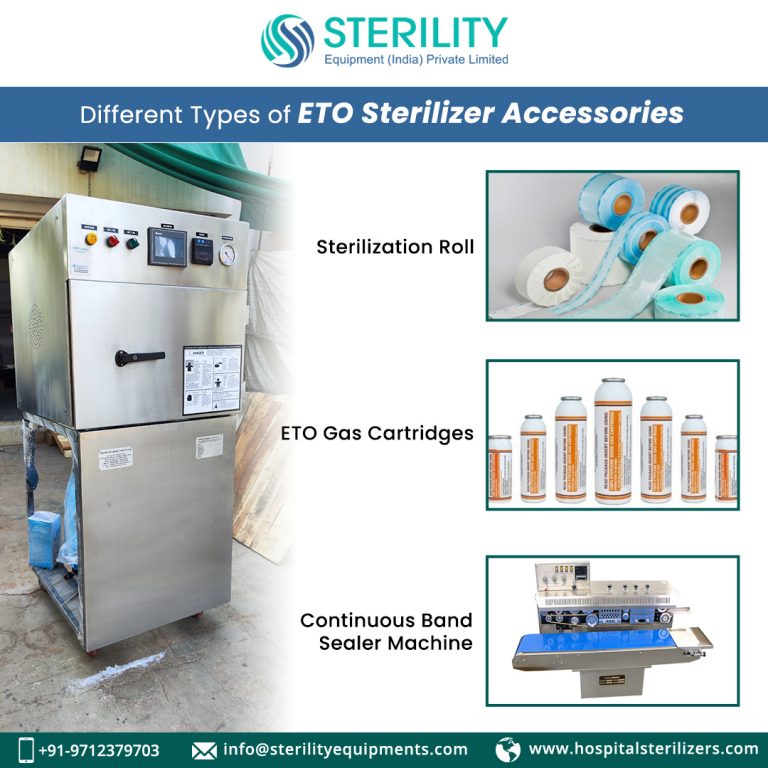
Labeling and Documentation
Each sealed sterilization roll should be clearly labeled with the date of sterilization and other relevant information, such as the type of sterilization method used. This helps track the sterilization process and ensures compliance with safety standards.
Step 4: Store Sealed Sterilization Rolls Properly
Once sterilization rolls are sealed, they need to be stored in a way that maintains their sterility until they are used.
Keep Sealed Rolls in Sterile Conditions
Sealed sterilization rolls should be stored in sterile conditions to avoid contamination. Ideally, these rolls should be stored in a designated area that is clean, dry and free from contaminants. A sterile storage room or cabinet is the best option, where the rolls can be stored safely without coming into contact with unsterile surfaces or materials.
Rotation and First-In, First-Out (FIFO) Method
To maintain the integrity and effectiveness of sterilization rolls, use the First-In, First-Out (FIFO) method when retrieving rolls for use. This ensures that older rolls are used before newer ones, preventing expired rolls from being used. By rotating the inventory regularly, you can maintain an efficient and effective sterilization process.
Client Speaks
“Excellent service and quality of machine ..“
Step 5: Regularly Inspect and Maintain Sterilization Equipment
Proper storage and handling are only part of the equation when it comes to achieving maximum efficiency with sterilization rolls. The sterilization equipment, must also be properly maintained.
Ensure that your sterilizer machine is regularly serviced and calibrated according to the manufacturer’s recommendations. This will ensure that the equipment is operating at peak efficiency and providing optimal results during the sterilization process.
- Check Temperature and Pressure Settings: Regularly check the settings on the sterilizer to ensure they are properly calibrated for the type of sterilization roll you are using.
- Monitor Gas Flow (For ETO Sterilizers): If you are using an ethylene oxide sterilizer, make sure the gas flow is consistent and sufficient to ensure that the sterilization rolls are penetrated effectively.
Sterilization Roll Expiry and Lifespan
Sterilization rolls have a shelf life and using expired rolls can lead to ineffective sterilization. Always check the expiration dates and replace old rolls with new ones to maintain the highest standards of sterility.
Conclusion:
The proper storage, handling and sealing of sterilization rolls are crucial to ensuring the maximum efficiency of the sterilization process. By following the steps outlined in this guide, including storing the rolls in a controlled environment, handling them with care, sealing them securely and maintaining sterilizer equipment, you can ensure that your sterilization efforts are both effective and safe.
By focusing on the right practices for sterilization roll storage and handling, healthcare facilities, medical device manufacturers and pharmaceutical companies can maintain a high standard of cleanliness and sterility, which is essential for the safety and well-being of patients and consumers alike.

